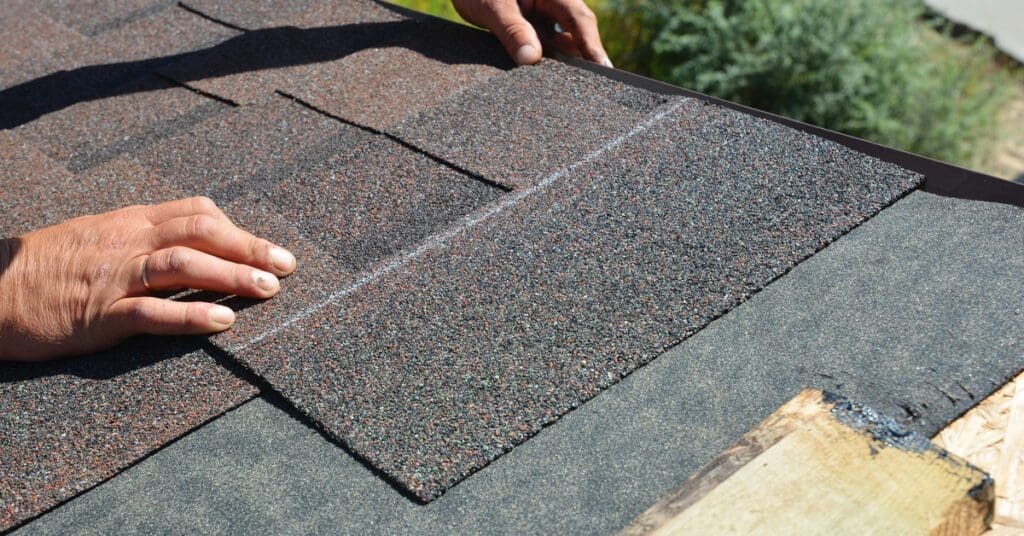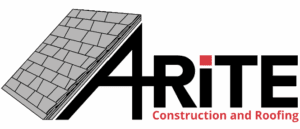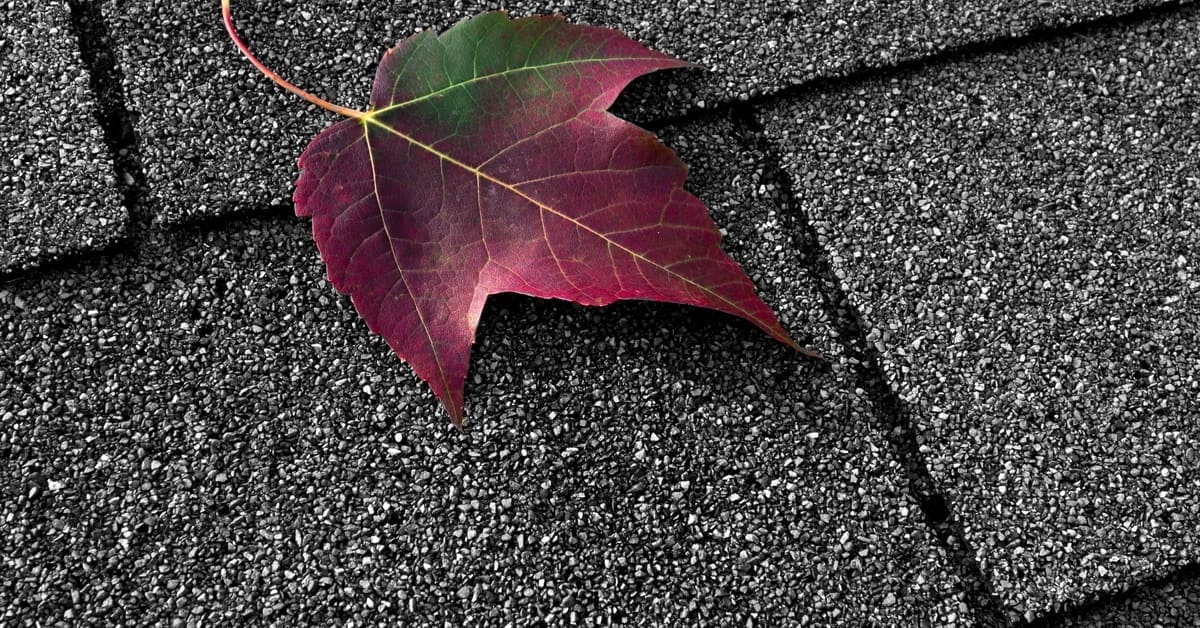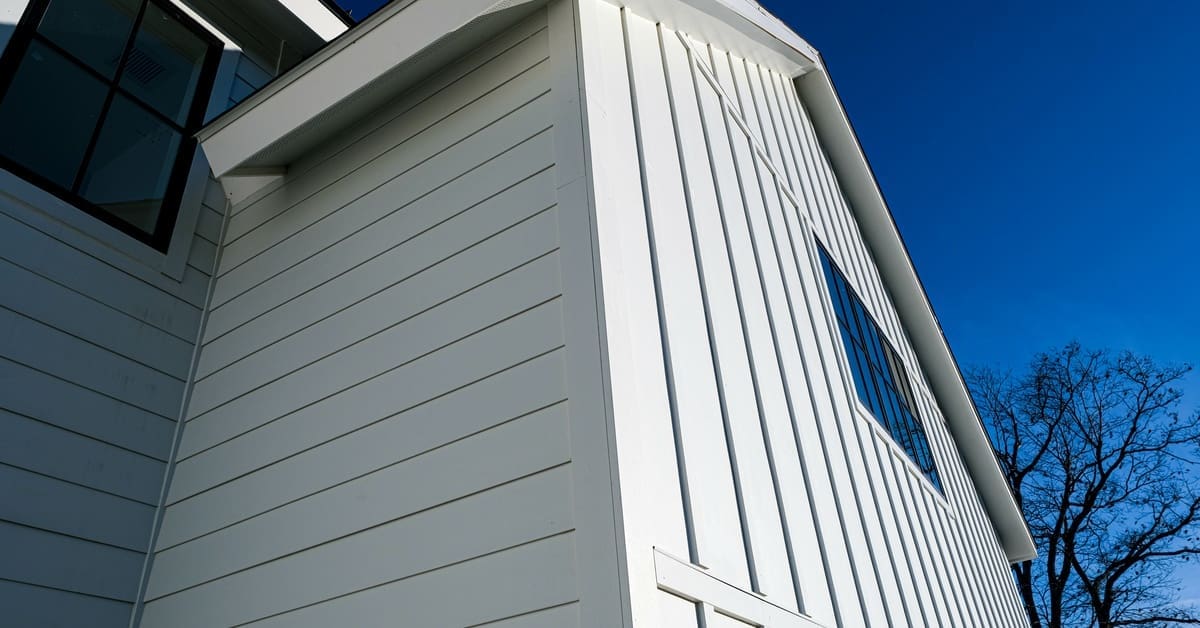People often picture a rooftop garden or a layer of vegetation when they hear the term “green roof.” While those living systems are one version of “green,” they’re not the only one. In this context, “green roofing” refers to installing shingles made of recycled materials, using climate-resilient roofing products, or choosing roofing colors that reflect sunlight rather than absorb it.
Here’s what homeowners should know about green roofs and how smart material choices can contribute to a more sustainable future.
Less Heat Absorption
Effective heat management is one of the most immediate ways a roof can affect the environment. Dark, non-reflective roofs absorb sunlight, which increases the home’s internal temperature. Therefore, the home requires more energy to it cool, especially during summer months. The solution is roofing materials with higher solar reflectance.
Cool roof technology, especially reflective asphalt shingles, has made this possible without sacrificing aesthetics. These shingles bounce back more sunlight, helping homes stay cooler without cranking up the air conditioning.
This kind of heat management is becoming more critical in places like Wausau, Wisconsin, where summer highs are rising. Even a five-degree drop in interior temperature can reduce a home’s reliance on cooling systems, lowering its utility bills and carbon footprint.
Lower Heating Demand
While cooling is important in summer, efficient heating is vital in winter, especially in northern climates. Green roofing isn’t just about reflecting heat; it’s also about keeping it in when you need it. Energy-efficient roofing systems have layered components that work together to retain warmth.
Asphalt and architectural shingles, when paired with the right underlayment and insulation, create a barrier against heat loss. Additionally, an underlayment prevents drafts, ice dams, and temperature fluctuations that force a furnace to work overtime during cold snaps and snowstorms.
Homeowners can reduce the emissions tied to fuel and electricity production by reducing their home’s heating needs. These reductions are significant in a region where heating systems run for at least six months of the year.

Improved Indoor Air Quality
Moisture is one of the biggest threats to a healthy home. Warm, humid air that leaks into the attic and meets cold surfaces condenses into water droplets. Over time, these droplets produce the ideal environment for mold, mildew, and wood rot.
Correctly installed eco-friendly roofing materials can help homeowners maintain consistent indoor humidity levels and stop outside contaminants from infiltrating their attic spaces. Stopping this infiltration is particularly important for households with young children, older adults, or allergy sufferers.
While roofing might not be the first thing that comes to mind when thinking about clean indoor air, it plays a critical supporting role. Limiting moisture intrusion is a sustainability win, and also a health-conscious one.
Decreased Landfill Waste
Roof replacements are one of the most waste-intensive home upgrades. Roofing tear-offs contribute millions of tons of debris to landfills every year in the U.S. alone. However, that impact is shifting. Many manufacturers now produce asphalt shingles with recycled content, such as fiberglass mats made from repurposed materials.
Contractors can also recycle some of the shingles they remove. Manufacturers can then turn those recycled shingles into roadbed material or other material for new construction products. This process reduces the volume of waste and extends the life cycle of the materials involved.
However, not every city or town has access to shingle recycling programs. Homeowners interested in this option should ask about local drop-off points or contractor partnerships that facilitate recycling. We expect more recycling infrastructure to follow as demand for these recycling processes grows, making it easier to keep usable materials out of the landfill.
Better Lifecycle Performance
An extended lifespan is another significant benefit of eco-friendly roofing. Unlike low-quality options, green roofing materials offer better durability and longevity. In fact, architectural shingles can last 30 years or more when properly maintained.
This is where sustainability truly shines. The old shingles from roof replacements typically end up in a landfill, adding to the growing construction waste problem. However, homeowners can minimize this waste with a long-lasting roofing system, reducing the need for replacements and the environmental cost associated with them.
Additionally, durable roofing systems help homeowners save money in the long run. Instead of paying for repairs or full replacements every 15 to 25 years, a high-quality roof can keep a home protected for several decades. Additionally, a longer-lasting roof may also help you avoid costly retrofitting as building codes and environmental standards evolve.
Cleaner Production Methods
Manufacturers are increasingly recognizing the environmental footprint of their operations, and roofing production is no exception. Several companies are moving toward greener, more sustainable practices. These practices include reduced emissions, decreased water usage, and the sourcing of recycled materials for production.
For example, some asphalt shingles now consist of recycled content, which means that manufacturers are extracting and processing fewer virgin materials. Using fewer virgin materials reduces environmental damage and lowers the energy required for production.

Supports Greener Manufacturing
The growing demand for eco-friendly products is not just affecting roofing companies; it’s driving changes across the construction and manufacturing industries. When homeowners opt for greener options, such as Energy Star-rated shingles or products with a longer lifespan, they send a clear signal to manufacturers: Sustainability matters.
Companies are increasingly motivated to produce roofing materials that meet consumer standards and align with their environmental goals. By choosing energy-efficient shingles or eco-conscious materials, homeowners directly contribute to this broader trend toward more sustainable manufacturing.
Reduced Urban Heat Islands
Urban heat islands (UHI) are a growing concern in many cities. These areas, which typically consist of concrete, asphalt, and other heat-absorbing materials, experience significantly higher temperatures than surrounding rural areas. Roofing plays a key role in this phenomenon. Dark, non-reflective roofs absorb heat, which can contribute to higher temperatures in cities and suburbs.
Even though Wausau is not a sprawling urban metropolis, many feel the ripple effects of a hotter climate across its suburban areas. However, homeowners can help offset the urban heat island effect by choosing eco-friendly roofing materials with higher solar reflectance. Such materials reflect more sunlight, which reduces the amount of heat the building and the surrounding environment absorb. A reduction in heat absorption can result in cooler streets, lower energy demand, and even improved air quality.
One Choice, Many Outcomes
What homeowners should know about green roofs is that small changes in materials can lead to lasting environmental benefits. Sustainable choices don’t always require major renovations or costly investments. Sometimes, all it takes is a thoughtful selection of materials that will keep your home comfortable, energy-efficient, and better for the planet.
A-Rite Construction is a GAF Master Elite and Owens Corning Top of the House Certified Contractor that brings years of experience to the exterior renovation space. We offer energy-conscious asphalt and architectural roofing solutions for Wausau, WI, homeowners to reduce their homes’ environmental footprint.
Connect with A-Rite Construction today for expert guidance from a local roofing company committed to high-quality workmanship.




